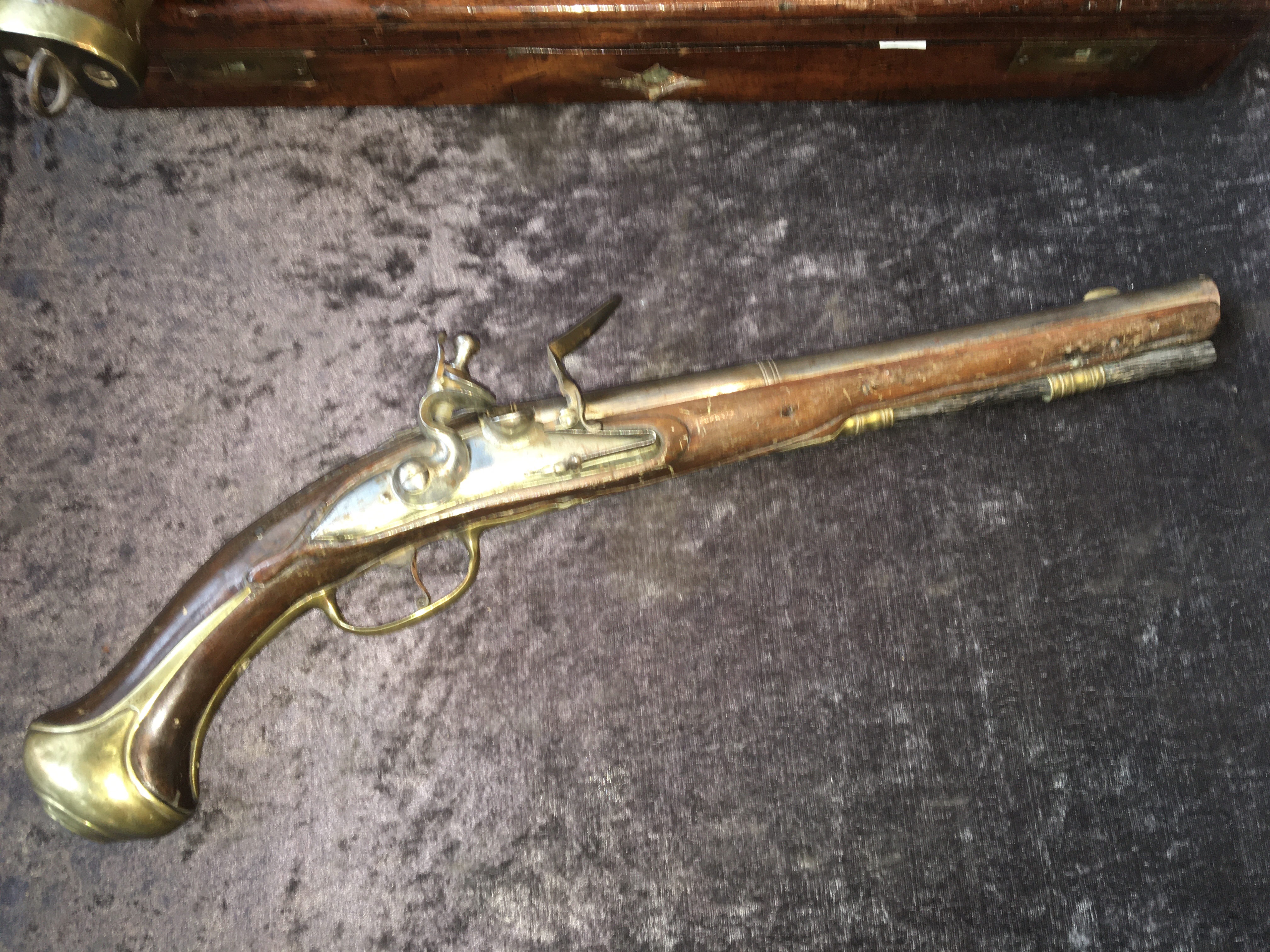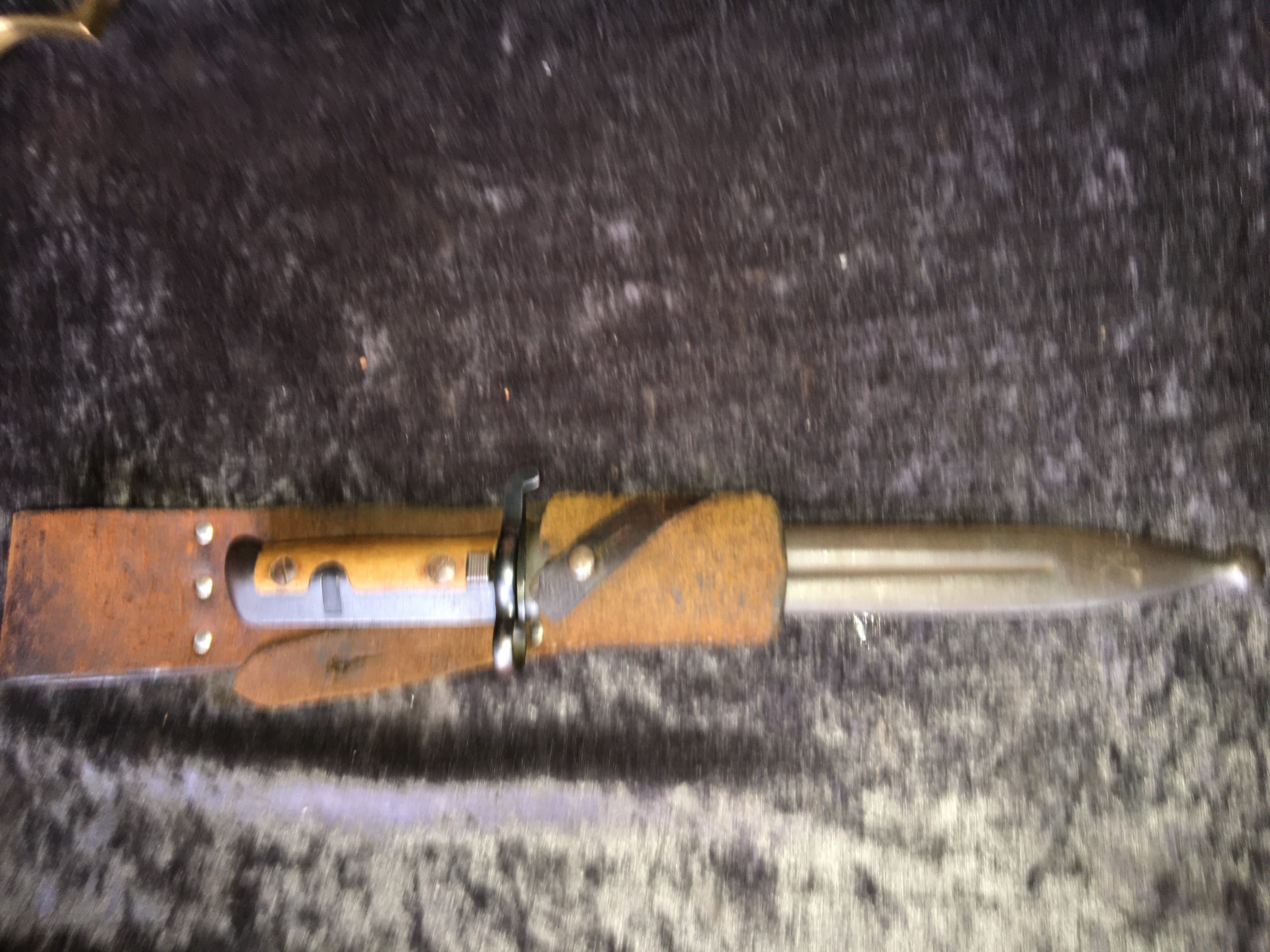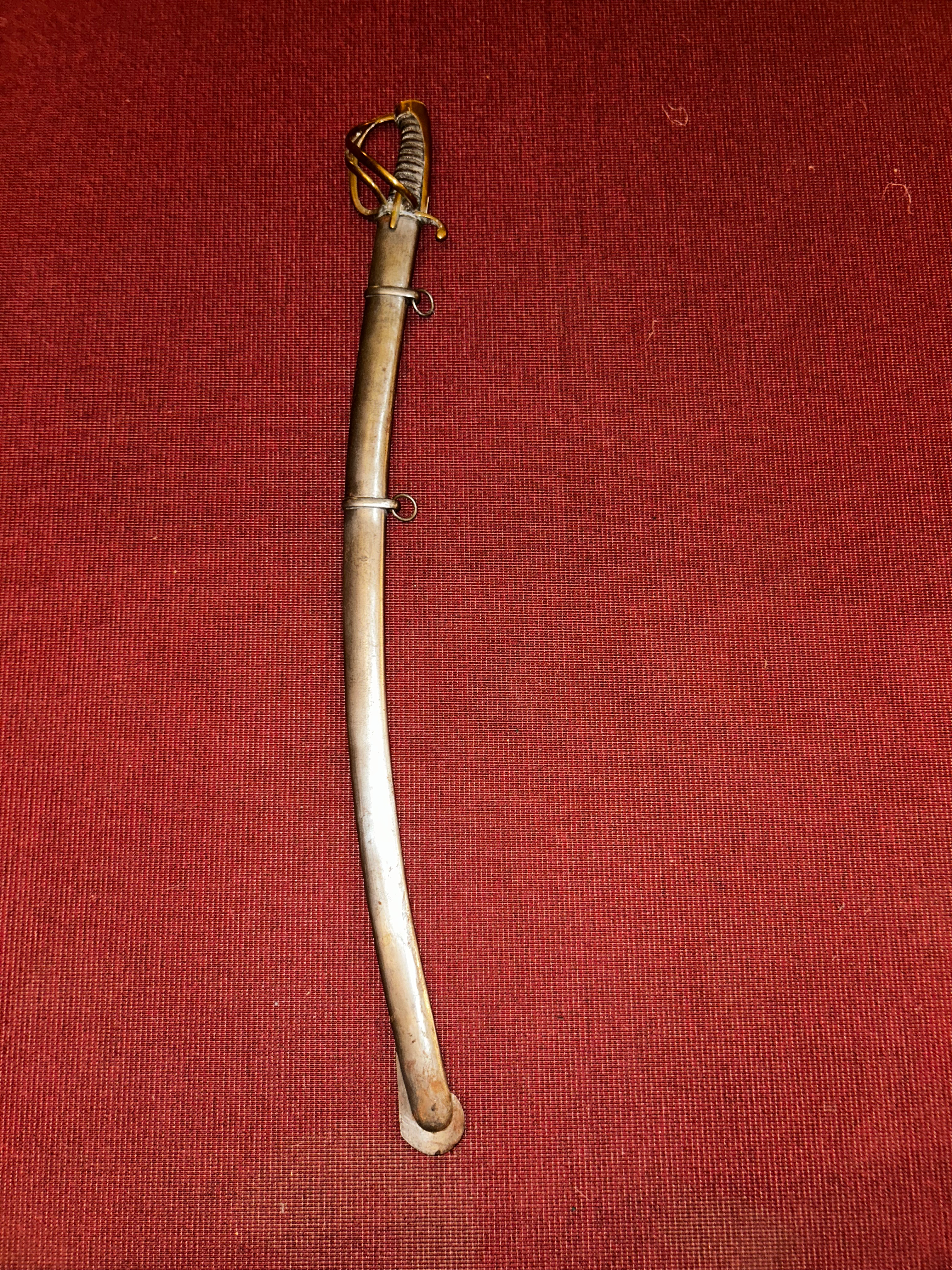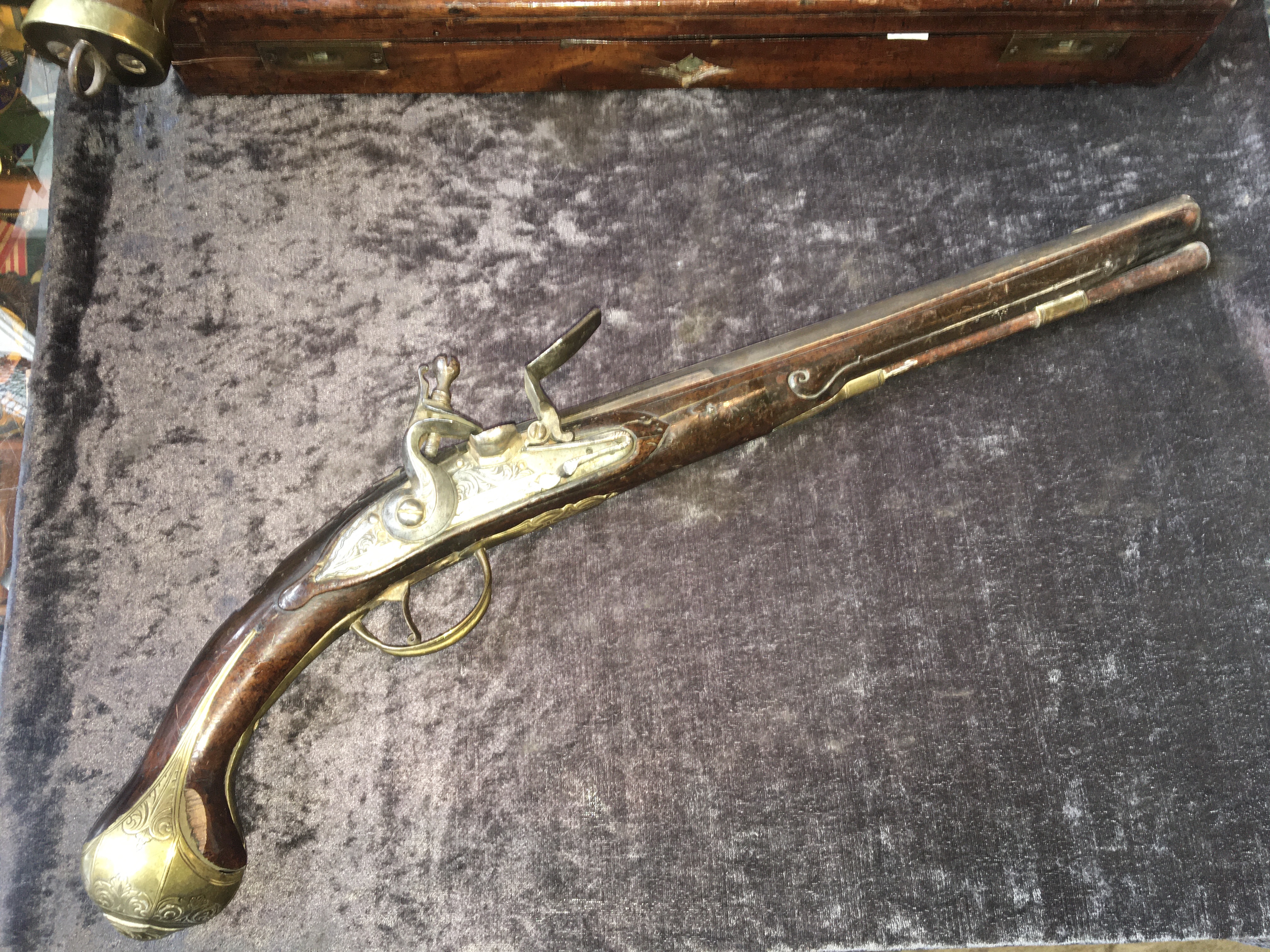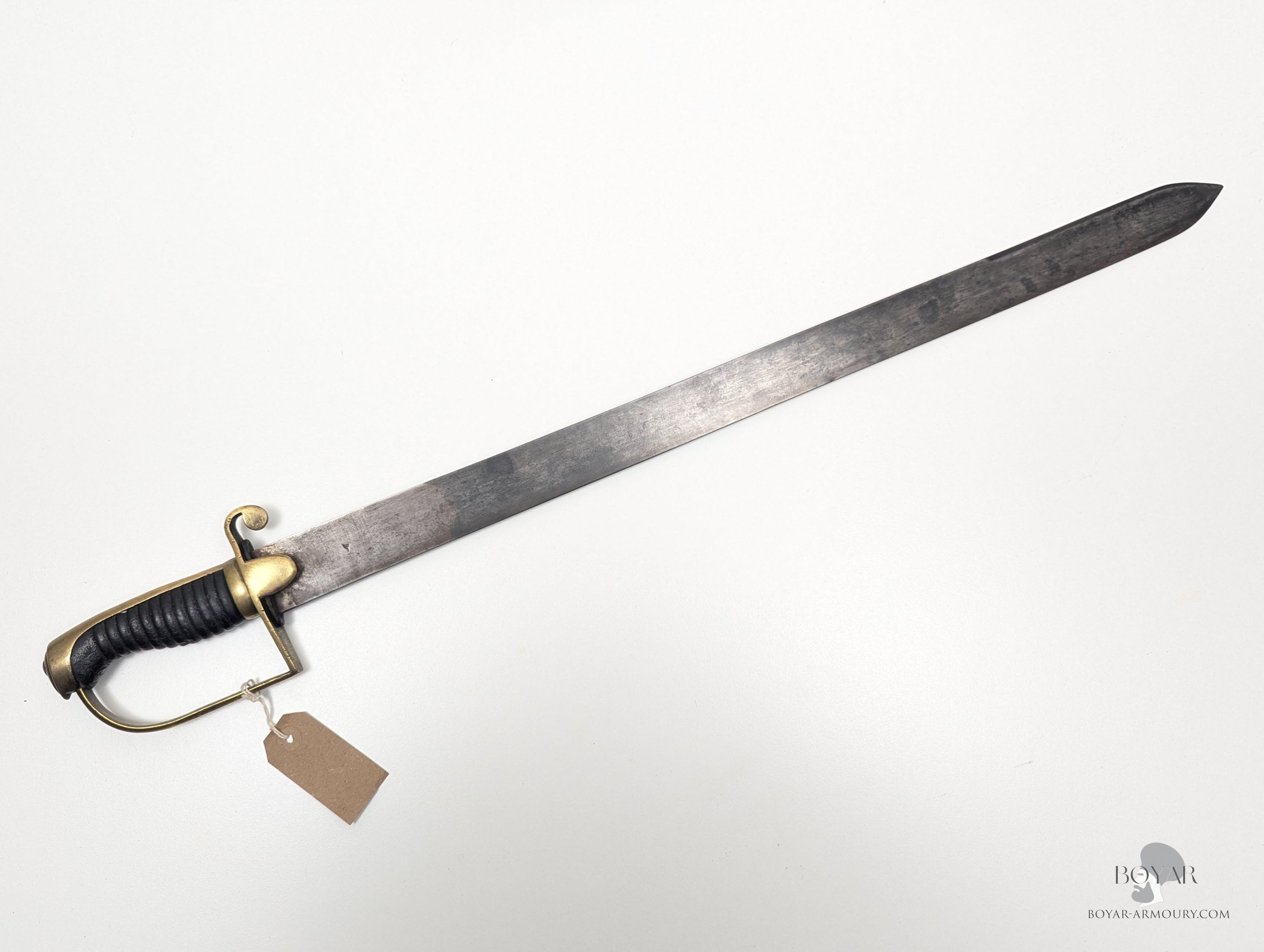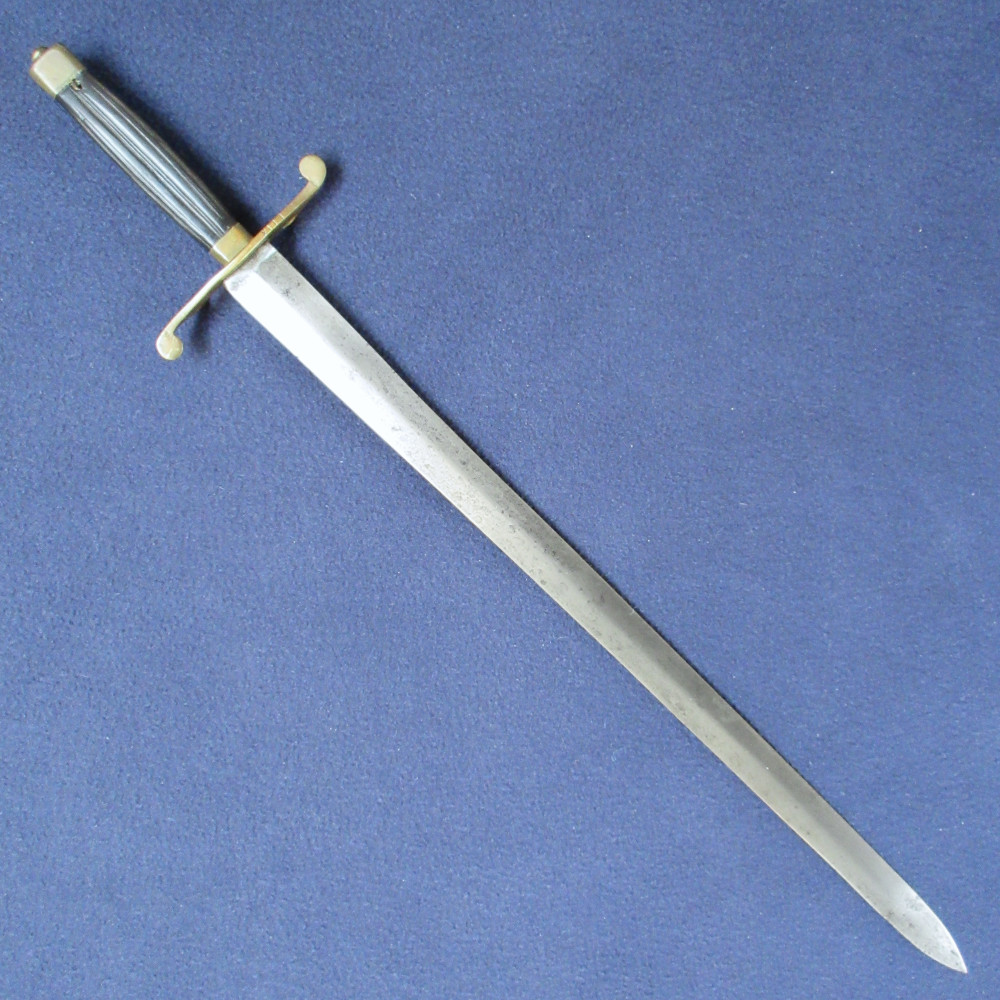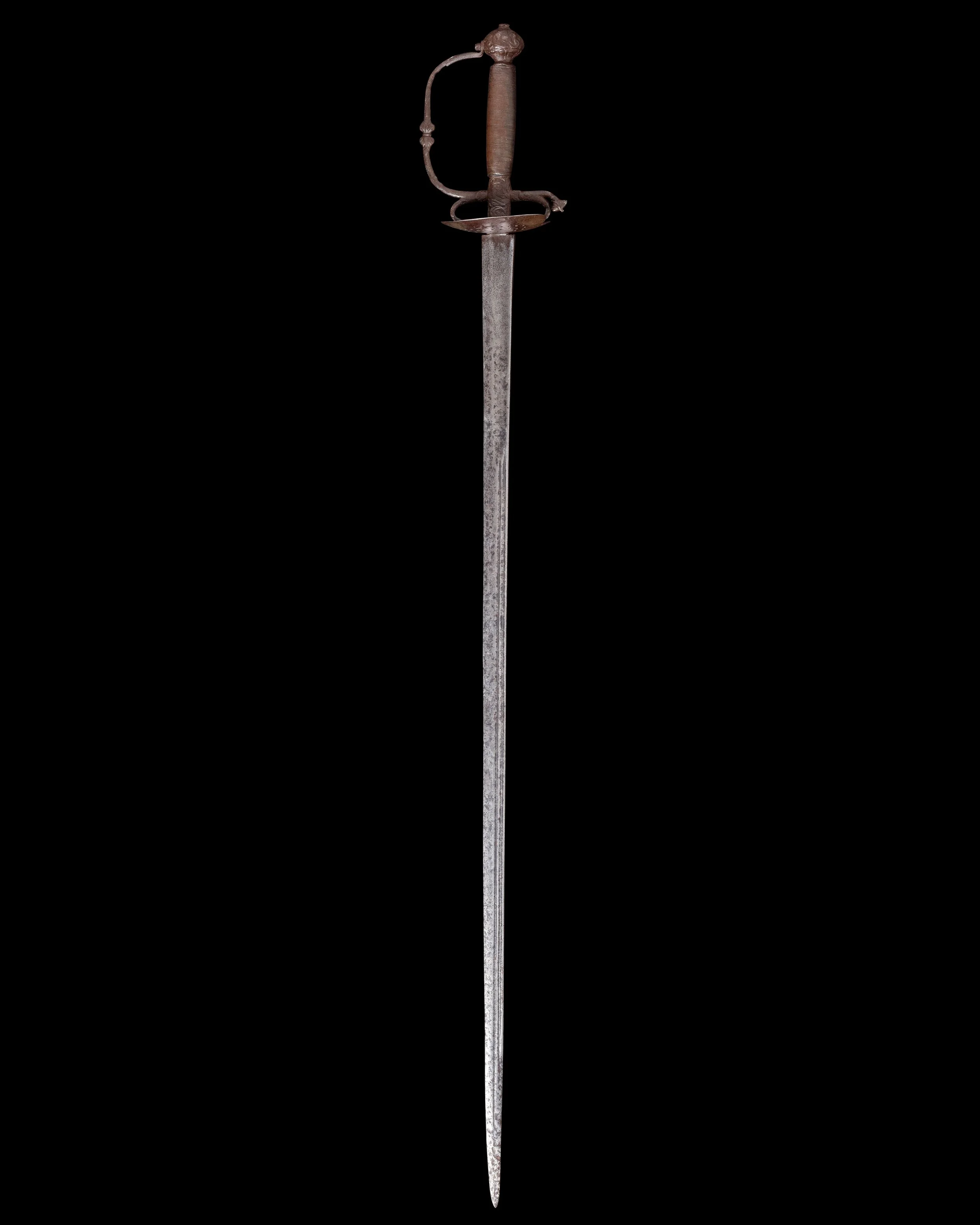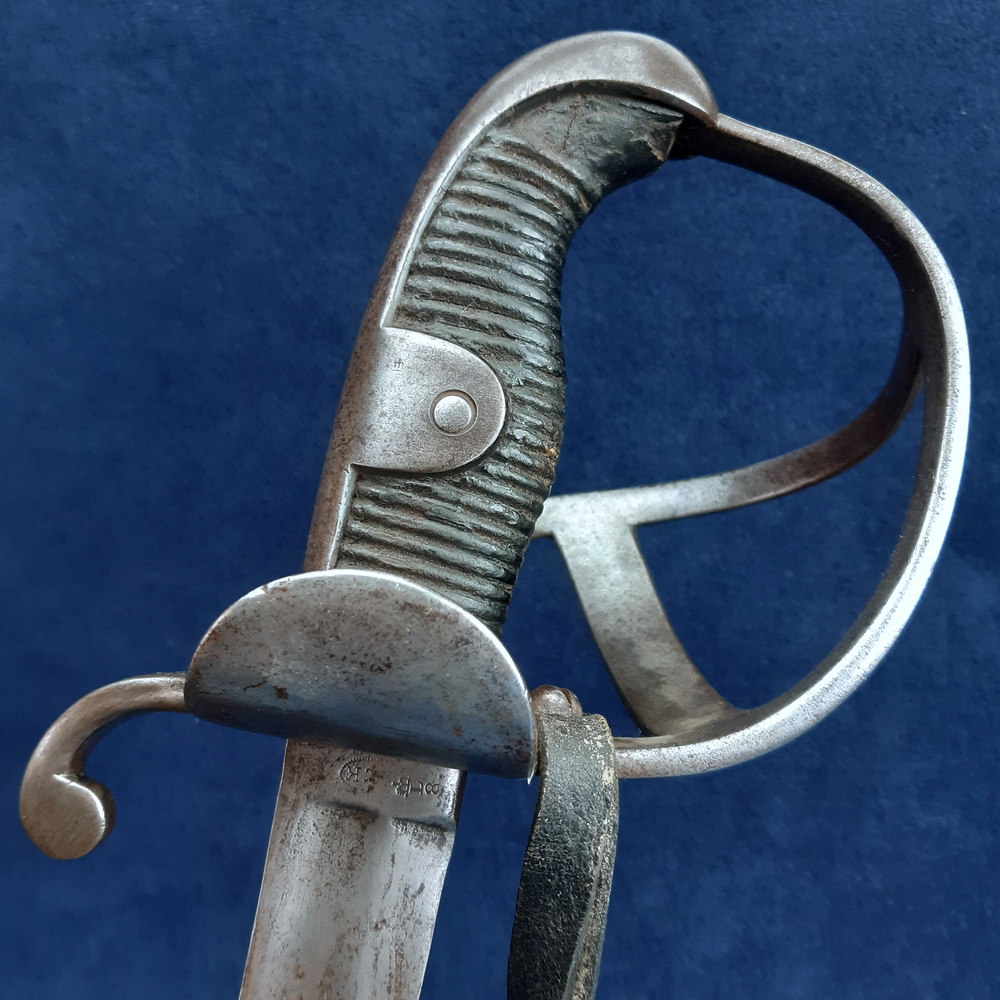For Sale
The following items are listed by for sale by users of the site and dealers. They are in no way endorsed or guaranteed by www.oldswords.com
Add a Classified ItemYou can also receive regular email notifcations when items match your keywords. To recieve them just register or logon at the top right of this page.
- Nation : British
- Local Price : £575.00
- Nation : French
- Local Price : £575.00
- Nation : British
- Local Price : £575.00
- Nation : Russian
- Local Price : £575.00
- Nation : Russian
- Local Price : £575.00
- Nation : French
- Local Price : £575.00
- Nation : British
- Local Price : £575.00
- Nation : -
- Local Price : 775.00 USD
- Nation : British
- Local Price : £550.00
- Nation : British
- Local Price : £550.00
- Nation : British
- Local Price : £550.00
- Nation : British
- Local Price : £550.00
- Nation : British
- Local Price : £545.00
- Nation : British
- Local Price : £545.00
- Nation : British
- Local Price : £545.00
- Nation : British
- Local Price : £545.00
- Nation : ?
- Local Price : 745.00 USD
- Nation : Spanish
- Local Price : £525.00 GBP
- Nation : British
- Local Price : £525.00
- Nation : British
- Local Price : £525.00
- Nation : British
- Local Price : £525.00
- Nation : British
- Local Price : £520.00


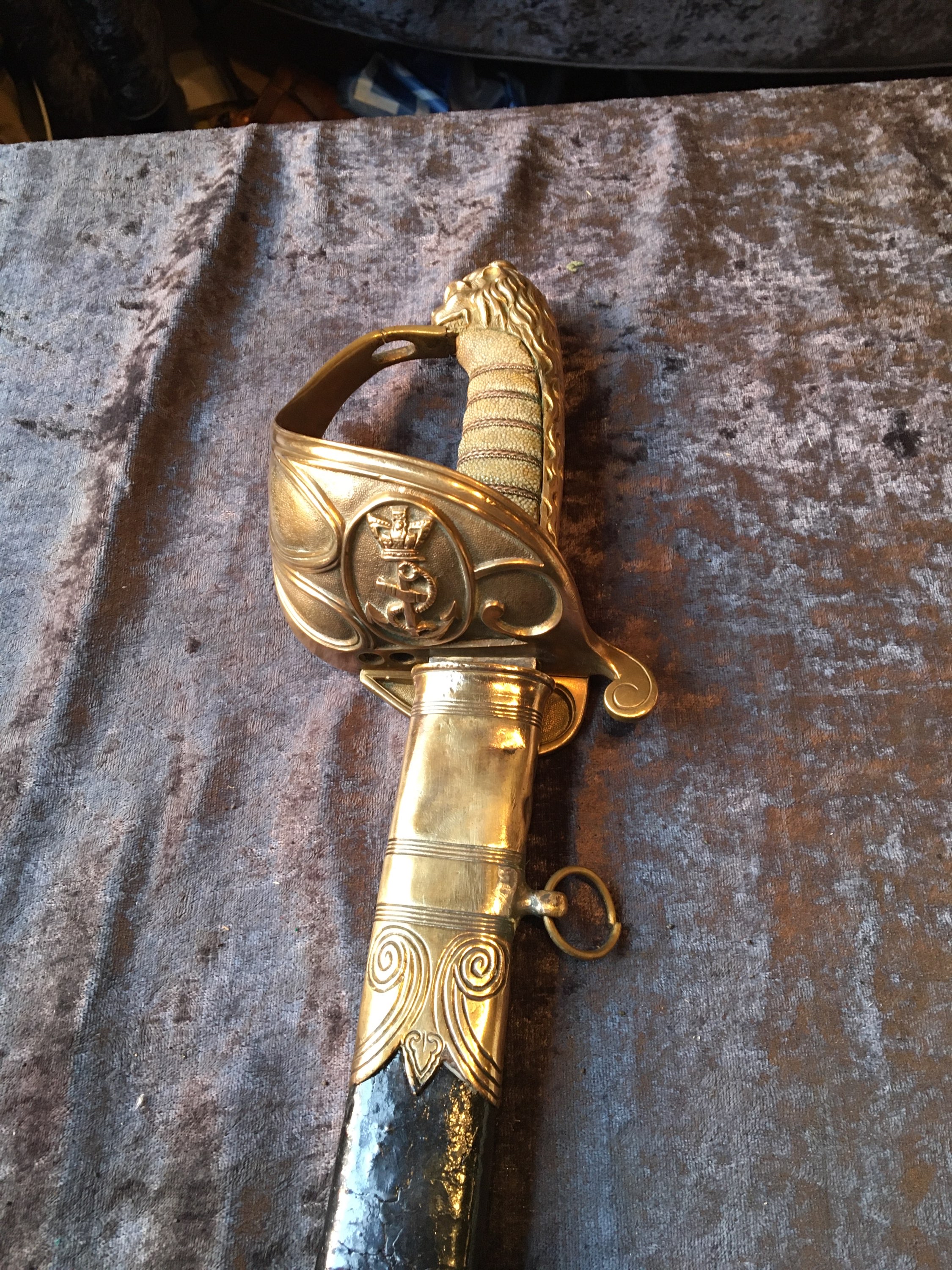
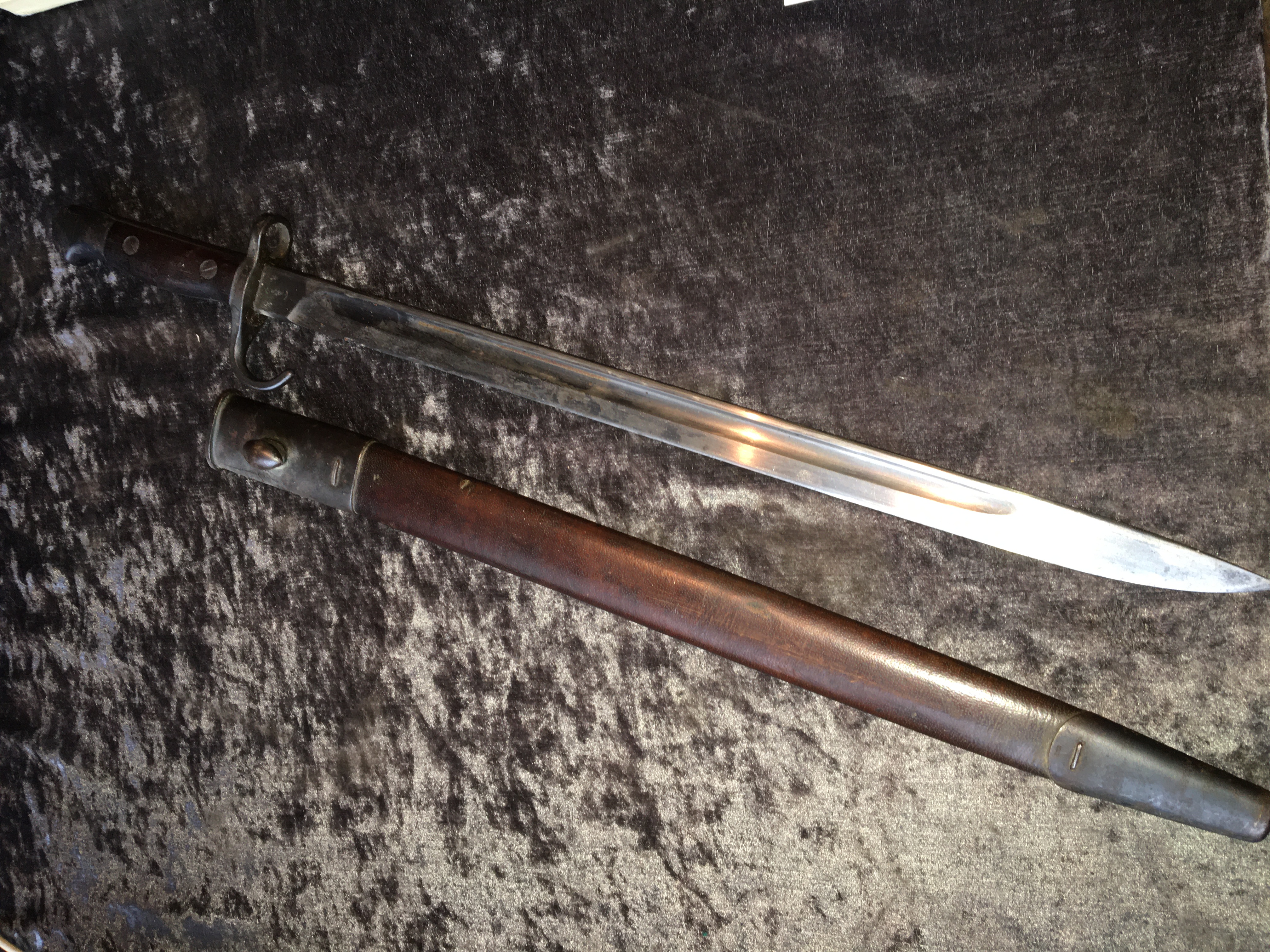


.jpg)
.jpg)
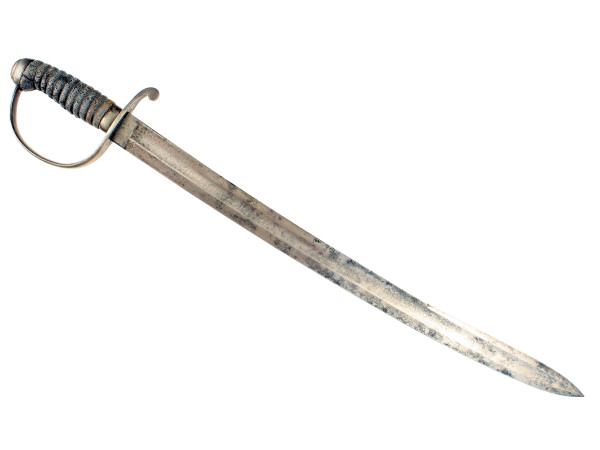
.jpg)
.jpg)
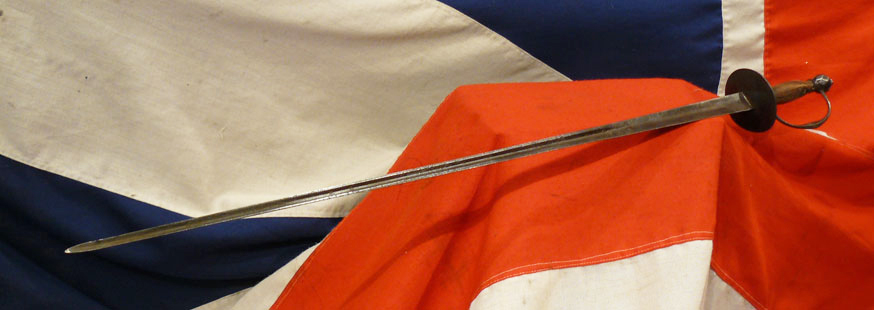






.jpg)
.jpg)
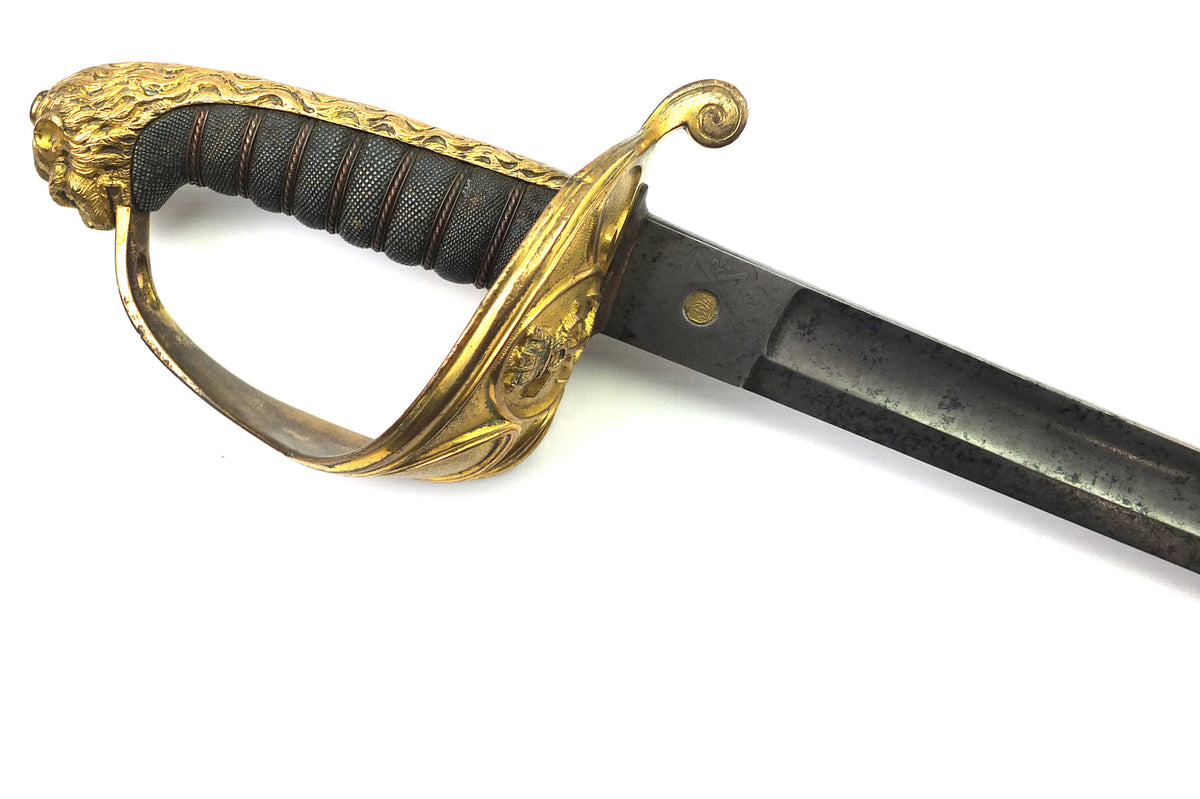
.jpg)

